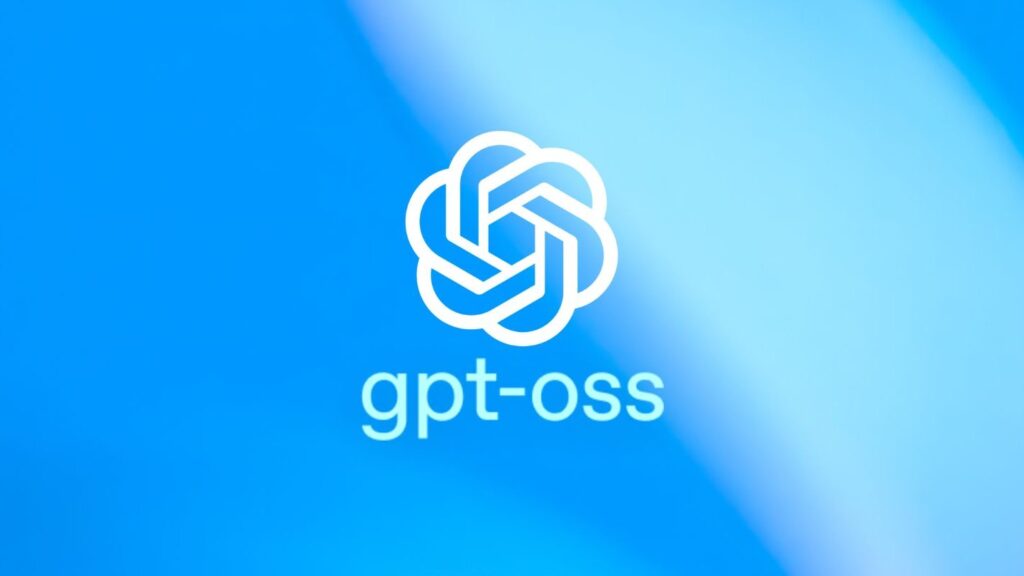OpenAI moves to challenge Meta and China with open-weight models
OpenAI has released open-weight AI models under a permissive licence, challenging rivals and advancing reasoning-focused tools for developers worldwide.

OpenAI has launched its first open-weight AI models in over five years, under the Apache 2.0 license. Developers now have access to download, adapt, and deploy the models commercially, marking a significant shift in policy from the company’s previously closed-source approach.
The move comes amid pressure from China’s open-source AI sector and Western rivals, such as Meta. The GPT-OS models focus on reasoning and support complex tasks such as coding and mathematics.
GPT-OS-120 b targets high-performance setups, while GPT-OS-20 b can run on standard machines. While not fully open-source, the release provides transparency regarding weights and architecture, although the training data remains undisclosed.
The approach has split expert opinion: some praise the openness, others question the limited disclosure. Regardless, it signals OpenAI’s strategic recalibration in response to market pressure.
Benchmark tests show the models excel in advanced reasoning. The o4-mini, a related model, has already surpassed its competitors in evaluations such as AIME 2024 and 2025. Analysts say these tools could reshape workflows across sectors, from coding to enterprise automation.
OpenAI’s timing aligns with rapid revenue growth and a $40 billion funding round. Analysts see this release as a calculated step in a maturing, competitive industry, where a balance of proprietary control and open access may define future leadership.
Would you like to learn more about AI, tech, and digital diplomacy? If so, ask our Diplo chatbot!

